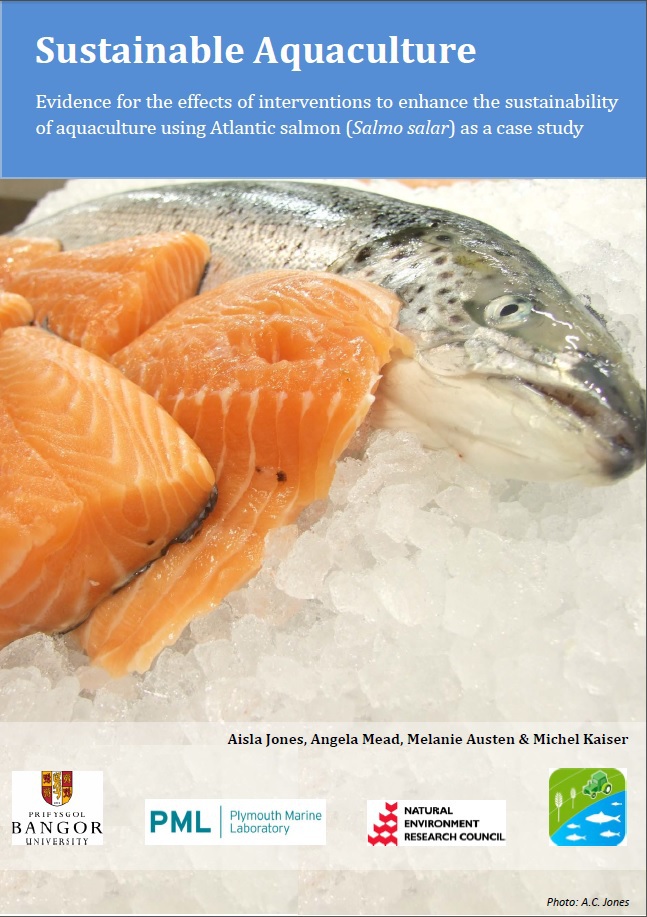Alter lighting
-
Overall effectiveness category Awaiting assessment
-
Number of studies: 1
View assessment score
Hide assessment score
How is the evidence assessed?
-
Effectiveness
not assessed -
Certainty
not assessed -
Harms
not assessed
Supporting evidence from individual studies
In 1996, a replicated, controlled study in Norway (Hevrøy et al., 2003) found salmon, Salmo salar, kept under intense artificial light had higher lice numbers than those kept under low intensity artificial or natural light. Salmon kept under medium and high artificial light intensities had the highest number of lice increasing from three to a maximum of 26 lice per fish over the full sampling period. Salmon in low artificial and natural light conditions both had an average of between 5 and 10 lice per fish by the end of sampling. Four salmon cages, each containing 2,300 salmon, were used in the study. Three were lit with continuous artificial light at low (0.24 W/m2), medium (1.9–4.1 W/m2) and high (22.2 W/m2) intensity from January until harvest in June, 1996. The fourth group was kept under natural light conditions for the duration of the experiment. All groups were given a single chemical treatment for sea lice infection in March and May. Azamethiphos at a concentration of 0.2 parts per million was applied. Samples of salmon were inspected for lice started on day 76. Every third week, 20–30 fish from each cage were inspected for numbers of lice.
Study and other actions tested
Where has this evidence come from?
List of journals searched by synopsis
All the journals searched for all synopses
This Action forms part of the Action Synopsis:
Sustainable Aquaculture
Sustainable Aquaculture - Published 2013
Atlantic salmon Aquaculture Synopsis





)_2023.JPG)














